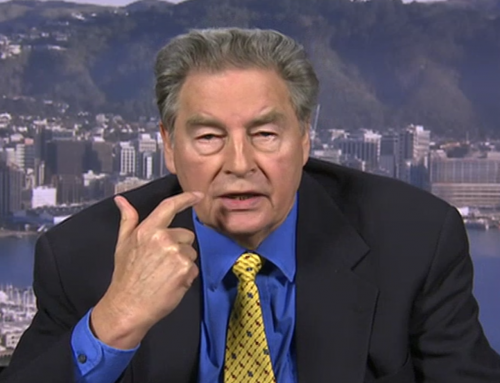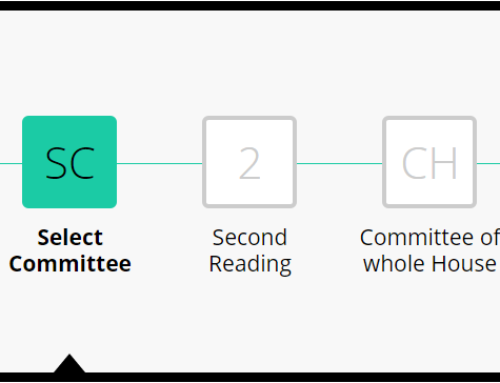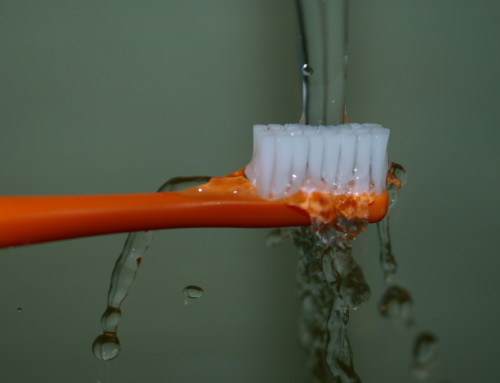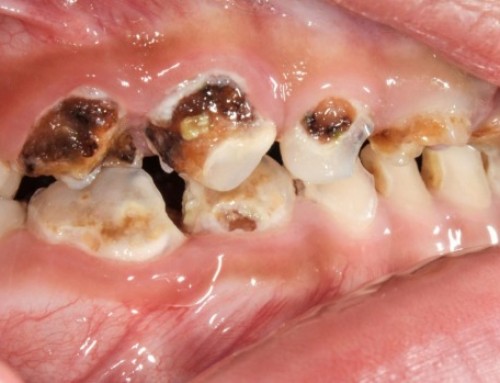 On the first official day of the Thames fluoridation referendum campaign, eye-scorching fluorescent signs proliferated around town proclaiming all sorts of emotive nonsense. It was the opening salvo in the arsenal of misinformation foisted on our community over the weeks until November 5th.
On the first official day of the Thames fluoridation referendum campaign, eye-scorching fluorescent signs proliferated around town proclaiming all sorts of emotive nonsense. It was the opening salvo in the arsenal of misinformation foisted on our community over the weeks until November 5th.
When Thames Coromandel District Council began to review fluoridation back in 2012, I assumed it was prompted by new information. Yet when I examined the alarming claims, not a single one stacked up. I became quite annoyed with the avid misrepresentation of a such a significant public health programme, so similar to the anti-vaccine lobby.
Fast forward 2 years through local public hearings where continuing fluoridation (in the Thames water supply since 1971) was twice upheld, to the dismay of committed opponents. But with at least a couple of councillors on their side, they kept unrelenting pressure on the council and almost a year ago, the mayor in particular appeared to throw up his hands in exasperation. And so a referendum was ordered for 2015, a stand-alone single issue postal ballot, usually the perfect vehicle for passionate campaigners to achieve their aim. And let’s be honest, among the general public, only the opponents are passionate about fluoridation. It wasn’t looking good.
Our small voluntary group of not-passionate-but-peeved fluoridation supporters (with a couple of health promoters added later) knew the antis would be tireless and highly visible. Fluoride Free NZ targeted Thames hard, with everything from free film nights to glossy magazines and with deep pockets for local advertising.
We worked hard too to maximise our limited resources using some advertising, social media and personal networking. With a significant ‘worried middle class’ as well as a thriving alternative community in Thames, we were far from overconfident. We also knew that while even a slight majority was enough to win, it wouldn’t be enough to stop the opponents.
Once balloting began, the TCDC website posted a vote tracking tool that showed how many ballots were returned each day. Predictably, the highest number was received early in the 3 week voting period, which had Labour weekend in the middle. I fretted in the closing days as the number of votes coming in gained momentum, rather than reducing to the trickle I expected.
It appears however, that during this time, our messages were not only sinking in, they were galvanizing voters, aided no doubt by the visible zealotry of the opposition foot soldiers.
We made a point of reminding the community the referendum was unnecessary because the antis had already had a fair go with 2 hearings. We had strong, unified support from the Children’s Commissioner, local identities, health professionals – including the crucial iwi-based health provider – and all Thames dentists. We had a powerful local story to tell in that Thames children barely feature in the 150 cases treated last year for severe tooth decay at Thames Hospital under general anaesthesia (only 8 from Thames addresses). And of course there is also the overwhelming scientific consensus.
The campaign felt very long, receiving a boost in its final hours from an Advertising Standards Authority ruling that the ‘toxic’ signs were misleading and scaremongering.
The entire town probably never wants to hear the word fluoridation again. And thanks to the resounding and highly gratifying results of the referendum, they won’t have to – and can just get on with reaping the benefits.
(Final results: 73% of voters supported continuing fluoridation with 57% of eligible voters casting a ballot.)








Excellent post, April. It is no easy task to overcome unscrupulous people for whom truth and accuracy are but minor annoyances to be discarded whenever expedient for their cause. Antifluoridationists have been getting away with disseminating their nonsense unchallenged for far too long. The pushback they are now getting from those such as you and your group who are fed up with with the misinformation and outright lies of these activists, is making an enormous difference. Outstanding work!
Steven D. Slott, DDS
Thank you Steven, I appreciate you taking the time to write. It felt like an uphill battle at times but the results were gratifying.